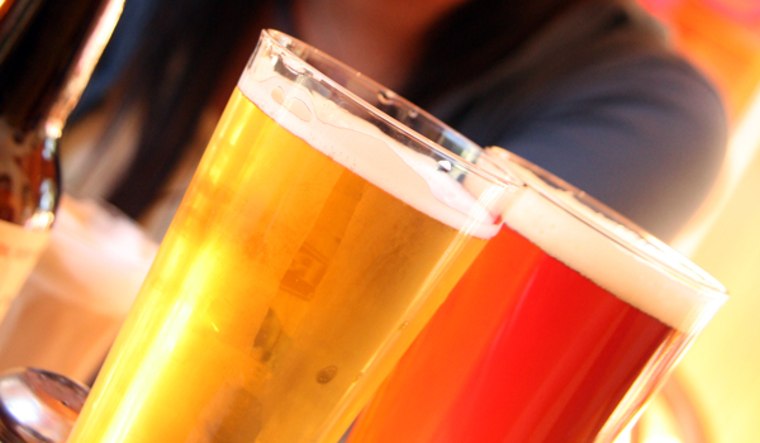Finnish scientists have cracked open a cold one … a 170-year-old cold one, that is. The bottle of beer, salvaged last summer from the wreckage of a ship that sank near the Aland Islands in the Baltic Sea, was thought to be the oldest drinkable beer ever found.
Unfortunately, the Technical Research Center of Finland (VTT) reported June 27, the first bottle opened did not withstand the stresses of time. Seawater made it into the bottle, contaminating the brew.
Nonetheless, the researchers were able to analyze the chemistry of the pale golden liquid. They found malt sugars, aromatic compounds and hops typical of what you'd expect to find in a bottle of beer today.
The researchers had hoped to find live yeast cells in the brew, which would help them reverse-engineer the brewing process and replicate the beer. But no yeast cells survived the years 164 feet (50 meters) below the ocean's surface. There were, however, live lactic acid bacteria in the bottle. These bacteria, sometimes used in brewing, would add a sour taste to the beverage.
The newly opened bottle seems to be in worse condition than one that broke when divers brought it up to the surface in summer 2010, VTT, an independent research corporation, reported. That beer fizzed as if it were still carbonated, suggesting that yeast were still alive and producing the carbon dioxide that gives beer its bubbles.
Divers did manage to salvage five bottles from the wrecked ship, which likely sank sometime between 1800 and 1830. (They also brought up more than 100 bottles of champagne.) The researchers now plan to crack open another bottle and try again.
You can follow LiveScience senior writer Stephanie Pappas on Twitter . Follow LiveScience for the latest in science news and discoveries on Twitter @livescience and on .
